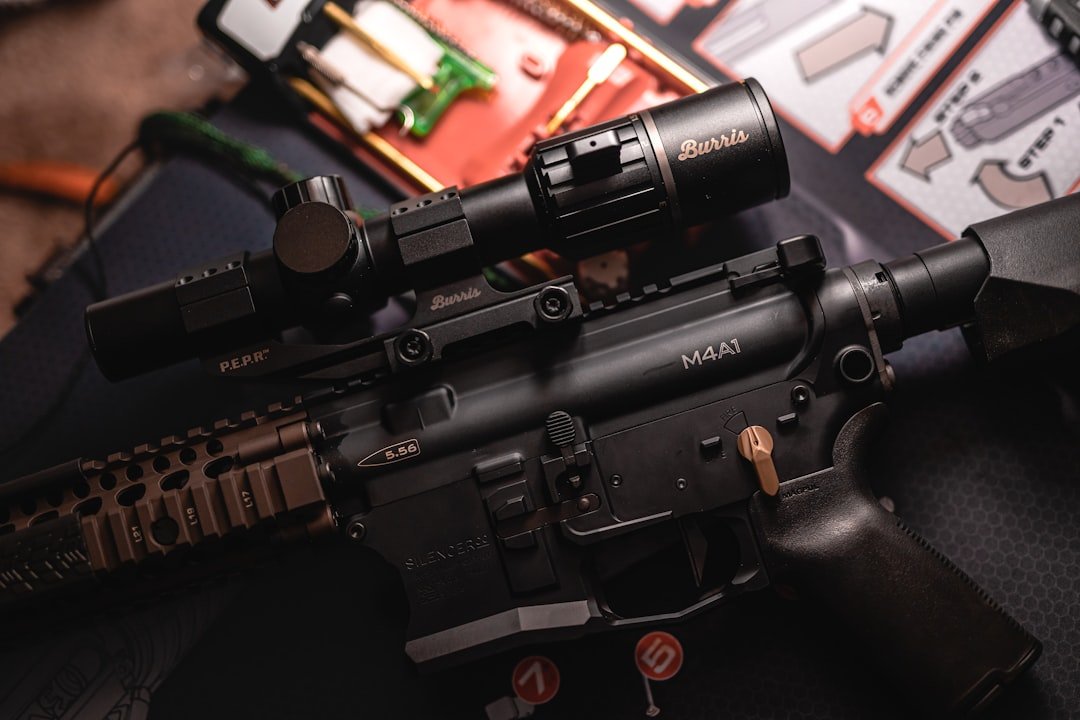
An intense and often unwarranted anxiety toward a particular object or situation defines a phobia, which can deeply affect daily life. If your unease around firearms feels overwhelming, it’s possible you’re dealing with this type of response, potentially stemming from limited exposure or influences like media portrayals of violence in films and news reports on incidents involving guns. According to psychological studies, such fears are common, with up to 10% of people experiencing specific phobias at some point, often linked to indirect experiences rather than direct ones.
Alternatively, personal encounters or indirect learning might shape a view that firearms are inherently dangerous or menacing, amplifying discomfort and avoidance behaviors. The good news is that these fears, while powerful, can be addressed through structured approaches, backed by experts who note that exposure therapy and education significantly reduce phobia symptoms in many cases. If you’ve decided to confront this anxiety and learn firearm handling, several practical strategies can help ease your concerns and build confidence gradually.
Regardless of the underlying causes, overcoming such apprehensions is achievable with the right steps, drawing from techniques recommended by safety organizations like the National Rifle Association, which emphasizes education as a key to demystifying firearms.
1. Engage with Experienced Firearm Users in Your Network
Anxiety can isolate individuals, leading to the belief that their fears are singular and insurmountable, but this isn’t the case. By initiating discussions with people in your circle who own guns, you’ll uncover that many share similar initial hesitations. Research from behavioral psychology indicates that over 70% of new gun owners report early apprehensions, which diminish with experience. These conversations can provide reassurance, highlighting common journeys of overcoming unease and fostering a sense that your own progress is not only possible but typical.
2. Select an Appropriate Guide for Your Learning Journey
A skilled mentor plays a crucial role in tackling firearm-related anxieties, serving as a vital ally in your efforts. Begin by researching local range instructors, gathering insights from trusted sources such as family, friends, or coworkers who may have recommendations based on their own experiences. Delve into why certain instructors stand out—perhaps due to their patient demeanor or comprehensive teaching methods—and ensure these align with your needs for a supportive environment. Once you’ve shortlisted a couple of options, consider observing a session at a facility like the Bellevue Gun Club. This observation allows you to assess the instructor’s approach firsthand, ensuring it resonates with your comfort level and learning style, which is essential for effective phobia management.
3. Arrange for Personalized Instruction
The presence of others in a group setting can heighten self-consciousness, making it harder to manage nerves when first encountering firearms. Opting for a one-on-one session provides a controlled, private space to explore questions and build skills at your own speed, minimizing external pressures. In these initial private lessons, focus on foundational elements like aiming and safety protocols, which form the basis of competent handling. As you gain confidence, you can evaluate whether transitioning to group classes suits you or if continuing individually is preferable. Keep in mind that while private sessions offer more individualized attention, they may come at a higher cost, so weigh this against your resources and comfort needs, as data from training programs show personalized instruction can accelerate fear reduction by up to 50%.
4. Have a Trusted Companion Join You
For those new to firearm environments, the unfamiliarity of a range can be daunting, amplifying feelings of vulnerability. Bringing along a close confidant, such as a friend, sibling, or parent, can provide emotional support during early sessions. This person can offer encouragement, share light-hearted moments to ease tension, and assist with any challenges, all while maintaining a non-judgmental stance. Such support networks are backed by social psychology, which highlights how companionship enhances resilience in anxiety-provoking situations, helping you navigate the learning curve more smoothly.
5. Use Safer Alternatives for Skill Building
Building familiarity doesn’t always require live ammunition; alternative methods can help you develop proficiency in a low-stakes manner. For instance, incorporating a laser attachment on an unloaded firearm allows you to practice targeting accuracy by simulating shots and reviewing your aim on a safe surface. Additionally, dry firing exercises—where you go through the motions of shooting without firing—can familiarize you with trigger mechanics and overall handling, reducing the intimidation factor. These techniques create a more relaxed practice atmosphere, aiding in the development of essential muscle memory while minimizing risks. As you progress, remember that organizations like the NRA advocate for such methods as effective steps toward safe firearm competency, ultimately dispelling myths and building practical skills.
Through these methods, you’ll likely discover that many of your concerns about firearms are based on misconceptions that education can quickly resolve. If you’re considering owning a gun, options like an 80% lower receiver offer a customizable path to legal and responsible ownership, providing a hands-on way to further solidify your comfort and knowledge.




